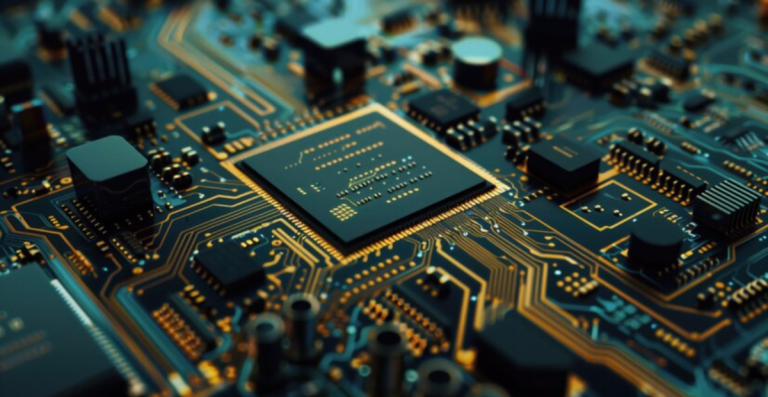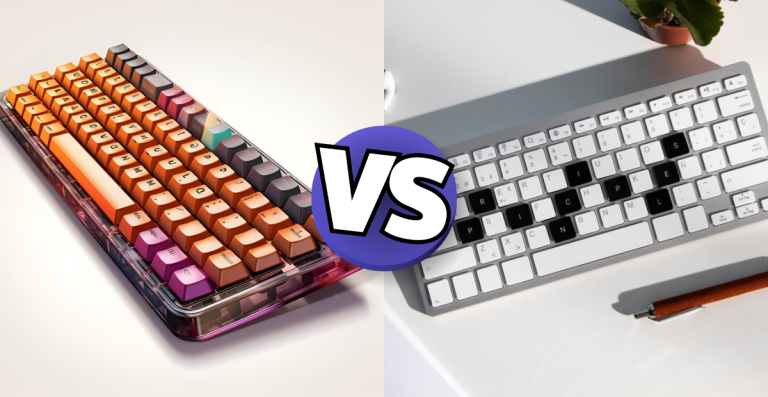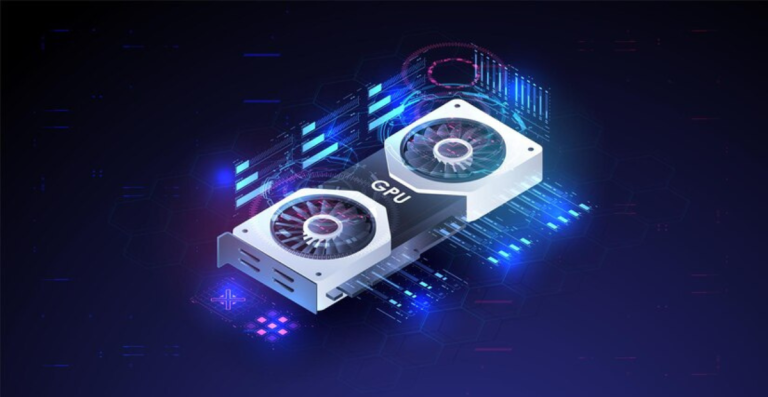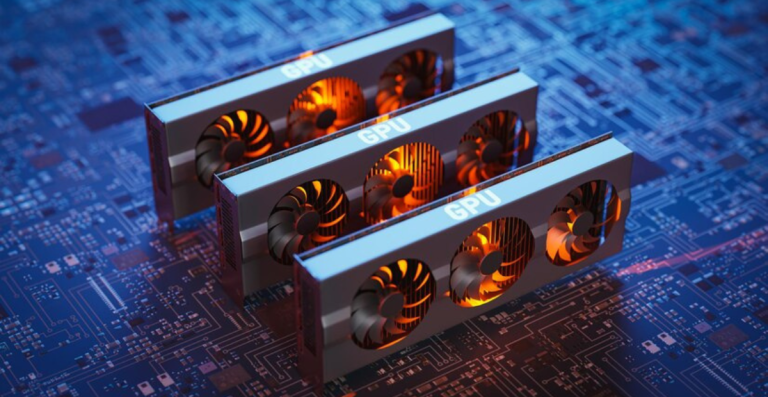Best CPU for Gaming in 2025: Top Processors for Maximum Performance
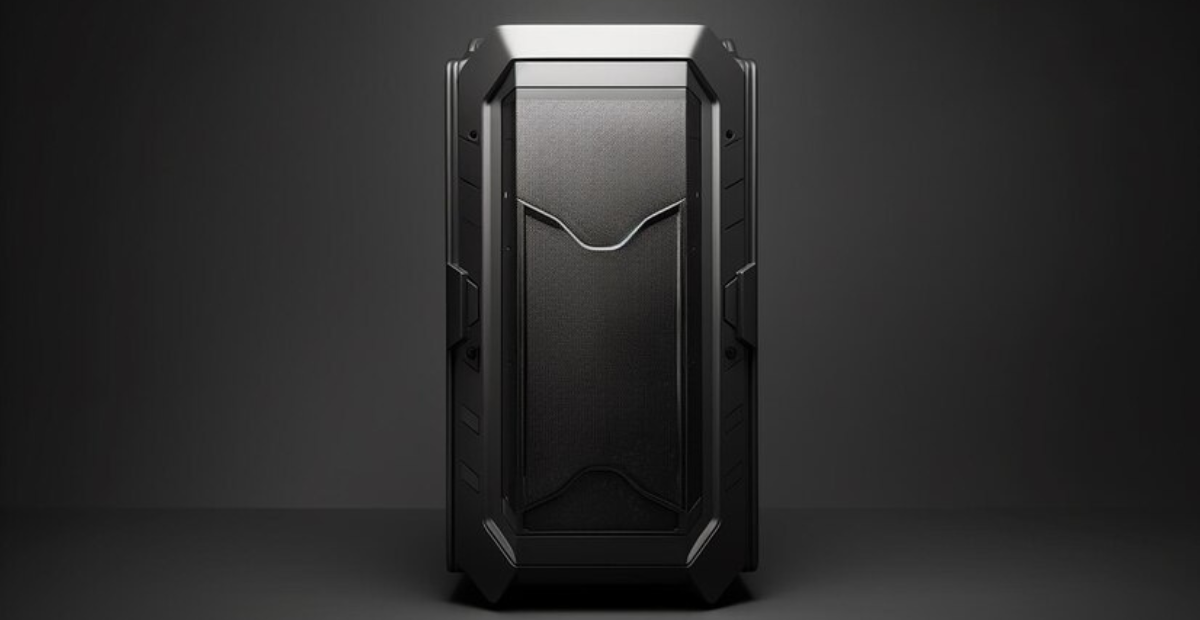
With a direct impact on frame rates, load times, and overall system responsiveness, the CPU continues to be a crucial component of any gaming PC. Selecting the Best CPU for Gaming is more than just picking the fastest chip; it is also about matching performance with smart architecture, thermal efficiency, and platform longevity, as demanding game engines and higher resolutions become the norm.
Today’s top gaming CPUs offer more than just raw speed, whether your goal is smooth 4K AAA experiences or ultra-high frames per second in competitive shooters. The current lineup offers a remarkable range of budgets, from affordable mid-range heroes to state-of-the-art multi-core beasts.
Now is a great time to upgrade or build your next gaming rig with confidence, as AMD and Intel are pushing innovation further with hybrid cores, smarter boost algorithms, and better gaming-focused architectures.
Important Takeaways
- Top gaming CPUs offer a potent combination of fast clock speeds, multi-core efficiency, and intelligent thermal management, making them perfect for 4K and high refresh rate gaming.
- With outstanding gaming and streaming capabilities, AMD’s Ryzen 9 9950X and Intel’s Core i9-14900K dominate the high-end market.
- For most gamers, mid-range CPUs like the Ryzen 7 9700X and Core i5-14600KF are perfect because they provide near-flagship frame rates at a much lower cost.
- For entry-level builds or small systems, low-cost options like the Ryzen 5 8600G offer integrated graphics and strong performance.
- Clock speed, core/thread count, L3 cache size, and modern architecture optimizations are important CPU specifications that affect gaming.
- Avoiding system bottlenecks and optimizing in-game performance require matching the correct CPU with a compatible GPU, fast RAM, and SSD storage.
Understanding CPU Specifications for Gaming
Understanding more than just model numbers and price tags is necessary to select the best gaming CPU in 2025. Game performance is directly impacted by fundamental elements like clock speed, thread count, architecture, and cache configuration. Modern gaming engines require more intelligent resource management, so architecture and efficiency are just as crucial as performance metrics, even though raw power is still important.
Clock Speed and Overclocking
For gaming CPUs, clock speed is still a fundamental specification. It gauges the processor’s speed at carrying out commands, which has a direct impact on frame rates, particularly in games that depend on single-threaded performance. Although there are some trade-offs, overclocking can increase these speeds even further.
- A CPU’s clock speed (GHz) is a measure of how many cycles it completes in a second; faster clock speeds translate into faster data processing.
- Performance in latency-sensitive games is improved by high-end CPUs like the Intel Core i9-14900K, which can reach boost clocks of about 6.0 GHz.
- Without requiring user input, technologies such as AMD’s Precision Boost and Intel’s Thermal Velocity Boost dynamically raise clock speeds.
- Although the gains are frequently negligible in comparison to contemporary turbo-boost features, overclocking is still an option for enthusiasts looking for additional performance.
Cores and Threads
The number and kind of cores are important considerations when choosing a CPU for modern games, which use multiple cores and threads to varying degrees. Effective threading makes it easier to balance background activities like streaming or concurrently running apps with the demands of gaming.
- Optimal gaming CPUs typically feature between 6 to 8 high-performance cores to handle demanding game engines.
- Hybrid architectures, such as Intel’s mix of Performance (P) and Efficiency (E) cores, distribute workloads for better multitasking and gaming fluidity.
- The Intel Core i5-14600KF with 14 cores (6P + 8E) offers excellent performance for both gaming and multitasking.
- Games with complex AI, physics, or large open worlds (e.g., Cyberpunk 2077, Flight Simulator) benefit from increased core and thread counts.
Architecture Advances
How well a processor processes commands, controls power, and accommodates new gaming features depends on the underlying CPU architecture. Better performance per clock and increased efficiency are made possible by architectural advancements.
- Intel’s 14th Gen Raptor Lake Refresh and AMD’s Zen 5 architectures improve instruction efficiency and reduce latency.
- These architectures support AI-based gaming features like real-time upscaling and frame generation, enhancing visual quality without heavy GPU load.
- Better scheduling and thermal management improve sustained performance during long gaming sessions.
- Architectural optimizations also contribute to lower power consumption and quieter cooling requirements.
CPU Architecture
Going deeper into CPU design, architecture includes how the processor interacts with system components, processes instructions, and manages threads, all of which affect how responsive a game is.
- AMD’s Zen 5 architecture improves branch prediction and instruction decoding for smoother gameplay.
- Intel’s hybrid core design enables prioritization of gaming tasks on Performance cores while Efficiency cores handle background activities.
- Instruction-level improvements boost performance in physics simulations, AI behaviors, and other CPU-heavy game mechanics.
- Modern game engines like Unreal Engine 5 benefit significantly from these advances, translating to better frame rates and stability.
Cache (L3 Cache)
Because it serves as incredibly quick storage for frequently used data and instructions, cache memory is an essential component of gaming performance. In many games, larger caches improve frame pacing and cut down on delays.
- L3 cache stores game assets and code that the CPU repeatedly accesses, speeding up processing.
- CPUs with larger L3 caches provide smoother frame rates, especially in cache-sensitive titles.
- AMD’s 3D V-Cache technology (e.g., on Ryzen 7 9800X3D) significantly increases cache size for noticeable gaming performance boosts.
- Strategy, simulation, and competitive games like Total War and CS2 see marked improvements with bigger caches.
Integrated Graphics (iGPU)
Although gaming is dominated by discrete GPUs, integrated graphics are now practical for small and inexpensive systems. Good gaming performance is now possible without a dedicated GPU thanks to advancements in iGPU technology.
- AMD’s Phoenix APUs with RDNA3-based integrated graphics can handle many esports and indie games at 1080p medium settings.
- Intel’s Arc-based integrated GPUs offer basic gaming support but currently trail AMD in raw performance.
- iGPUs enable gaming without a discrete card, making them perfect for entry-level builds or compact HTPCs.
- They offer solid performance for casual gaming, media consumption, and light workloads, extending versatility for budget-conscious users.
Top Gaming CPUs and Performance Analysis
Your budget and the degree of gaming performance you anticipate will determine which CPU is best for you. In 2025, there will be a wide range of processors available on the market, from enthusiast-grade models that optimize every frame to low-cost models that provide good gaming without going over budget. Making an informed decision is aided by knowing how these CPUs operate.
High-end CPUs for Gaming
Processors like the AMD Ryzen 9 7950X3D and Intel Core i9-14900K will be the best for gaming in 2025. High core counts, lightning-fast clock speeds, and cutting-edge cache technologies like AMD’s 3D V-Cache are all features of these CPUs.
Unmatched single- and multi-threaded performance is made possible by the Intel Core i9-14900K’s hybrid architecture of Performance and Efficiency cores, which achieves boost clocks close to 6 GHz. In the meantime, the Ryzen 9 7950X3D is a strong contender in both AAA and esports games due to its enormous L3 cache, which greatly improves gaming workloads that are sensitive to cache size.
These processors are excellent at 4K gaming, virtual reality, and streaming all at once, but they need reliable cooling and power supply systems. Their premium nature is reflected in their usual price range of $550 to $700.
Gaming CPUs in the Mid-Range
The mid-range tier offers compelling options like the AMD Ryzen 7 7700X and Intel Core i5-14600KF for gamers who want great performance without breaking the bank. With six to eight performance cores often enhanced by efficiency cores in Intel’s most recent designs, these CPUs achieve a good balance.
This segment’s clock speeds typically range from 4.5 to 5 GHz boost, providing remarkable frame rates in well-known games at 1080p and 1440p resolutions. With its effective Zen 4 architecture, the Ryzen 7 7700X provides competitive single-threaded performance and enough cache to run demanding games.
When it comes to multitasking, Intel’s Core i5-14600KF excels, easily facilitating both gaming and content creation. The majority of gamers find these CPUs appealing because they are typically priced between $250 and $400.
Budget Gaming CPUs
AMD’s Phoenix APUs and Intel’s new Core i3 models with integrated graphics have significantly raised the bar for entry-level gaming CPUs. In less taxing games and esports like Fortnite and Valorant, the Ryzen 5 7600 and Intel Core i3-14100F provide decent 1080p gaming performance.
These chips provide an excellent starting point for gamers on a tight budget or those building small systems, even though they might not be able to handle the newest AAA games at ultra settings. Some low-cost CPUs have integrated graphics, which eliminates the need for a discrete GPU right away and reduces build costs overall. These processors are perfect for novice builders or gamers on a tight budget because they typically cost less than $200.
Performance Tiers
There are three distinct performance categories for gaming CPUs: high-end, mid-range, and low-cost. With the newest architectures, high core counts, and sizable caches, high-end CPUs provide the most power for 4K gaming, virtual reality, and streaming.
Strong gaming performance at 1080p and 1440p is balanced with affordable prices and power efficiency in mid-range chips. Budget CPUs, which frequently have integrated graphics to save money, are ideal for casual gamers or esports fans playing less taxing games.
Although the needs and budgets of each tier vary, knowing where your gaming style fits in can help you avoid going overboard or causing your GPU to bottleneck. With this tiered approach, you can choose a CPU that meets your performance requirements without having to pay for power that is not used.
Benchmarking Gaming CPUs
A crucial step in conducting an impartial assessment of gaming CPUs is benchmarking. It entails executing particular tests that mimic gaming workloads in order to gauge a processor’s performance in various scenarios. By helping gamers identify CPUs that offer the best value and performance in their preferred games, these tests assist in separating marketing hype from practical capabilities.
- Benchmark scores provide quantifiable data on CPU speed, efficiency, and multitasking capacity.
- They enable meaningful comparisons between processors beyond just specs like core count or clock speed.
- Understanding benchmark results assists in predicting how a CPU will perform across various gaming scenarios.
Understanding Benchmarks
Understanding how these tests are carried out and what they measure is necessary for interpreting benchmark data. By executing taxing computational tasks, benchmarks put a strain on CPU cores. Scores are then assigned according to completion times or frame rates. However, depending on testing conditions and system configurations, results can differ significantly.
- The metrics used in benchmarks include frame rate averages, minimum frame rates, and overall scores.
- External factors like background software, cooling efficiency, and power settings influence benchmark outcomes.
- Comparing benchmark results across multiple tests gives a more complete picture of CPU performance.
Popular Benchmarking Tools
A number of benchmarking tools have become more and more popular for evaluating CPU performance in games. The methods used by these tools differ; some concentrate on CPU computation alone, while others handle gaming workloads that combine CPU and GPU.
- Cinebench uses real-world rendering tasks to test both single-core and multi-core processor performance.
- 3DMark measures gaming performance by simulating graphics-intensive scenes and evaluating CPU contribution.
- UserBenchmark provides a broad overview of system components, ranking CPUs alongside GPUs and storage devices.
- Built-in game benchmarks deliver practical insights by testing CPUs in actual gaming environments.
Benchmarks for Different Types of Games
Because different game genres have different CPU requirements, game-specific benchmarks highlight subtle performance variations. For instance, action games prioritize fast single-threaded performance, whereas strategy games demand managing multiple processes at once.
- Multi-threaded benchmarks highlight a CPU’s ability to manage complex simulations and AI.
- Single-threaded tests emphasize clock speed and latency, critical for fast-paced gameplay.
- Balanced benchmarks combine these elements to reflect performance in open-world or hybrid genres.
- The relevance of a benchmark depends on matching it to the user’s preferred game types.
CPU Performance in Specific Game Genres
Selecting the best CPU for your gaming collection is made easier when you are aware of how CPUs act in different genres. Which CPU features are most important depends on the demands of each genre.
- Strategy titles, such as Civilization VI, benefit from high core counts and efficient parallel processing.
- First-person shooters prioritize fast single-core speeds to maintain fluid frame rates and input responsiveness.
- MMORPGs demand steady performance to handle large player counts and persistent world interactions.
- Sports and racing games rely on a mix of threading and cache efficiency for realistic physics and AI behavior.
Considerations Beyond the CPU
Without the proper auxiliary components, even the best gaming CPU cannot perform to its maximum capacity. By balancing your system with capable and compatible components, you can future-proof your build and guarantee seamless performance across all titles. To optimize gaming performance and stability, you should consider the following factors in addition to your CPU selection.
Choosing the Right Graphics Card
Bottlenecks are avoided in a balanced system. For 4K gaming, pair powerful CPUs with GPUs such as the AMD RX 7900 XTX or NVIDIA RTX 4080/4090. For 1080p to 1440p gaming, mid-range CPUs perform well with RTX 4060 Ti or RX 6700 XT.
Important Specifications to Take into Account:
- VRAM: 8GB is the minimum for contemporary games, and 12GB or more is advised for 4K and future-proofing.
- Clock Speeds: Although they are not the only factor, higher GPU boost clocks increase frame rates.
- Architecture: Ray tracing and DLSS/FidelityFX Super Resolution are two features that newer architectures (like the NVIDIA Ada Lovelace and AMD RDNA 3) offer along with efficiency.
The Value of VRAM in Gaming
At 1440p resolution, modern AAA games require at least 8GB of VRAM; for 4K or ray tracing workloads, 12GB or more is advised. Cards with healthy VRAM capacities that balance cost and performance include the RTX 4070 Ti and RX 7900 XT.
Memory RAM
Speed vs. Capacity
Competitive gamers and streamers benefit from 32GB kits, but 16GB DDR5-5600 is the sweet spot for 2025 gaming. Higher MHz improves frame times and lowers latency, but in gaming situations, it gains taper beyond DDR5-6000.
Timings and Dual-Channel
By doubling data pathways to the CPU, dual-channel memory improves bandwidth. Reactivity is impacted by CAS latency (CL); optimal gaming performance is achieved with lower CL values combined with high frequency. DDR5-6000 CL36, for example, outperforms DDR5-5200 CL40.
Storage Solutions
Storage Types: Primary and Secondary
Primary and secondary storage are typically found on gaming PCs. You install your operating system and games on the primary drive, which is usually an NVMe SSD. This guarantees the quickest game loading and boot times. For storing media files, backups, or infrequently used games, a secondary drive can be a larger HDD or SATA SSD.
SSDs for Performance and Speed
NVMe SSDs provide lightning-fast read/write speeds, often surpassing 5,000 MB/s by utilizing PCIe lanes. In contemporary open-world and texture-heavy games, this quick data access significantly cuts down on load times, improving the overall gaming experience. While PCIe 4.0 SSDs are widely used, PCIe 5.0 models are beginning to appear and promise even faster speeds.
HDDs’ function in storage
Despite their slower speeds (between 100 and 200 MB/s), HDDs are still very useful for mass storage because of their large capacities and reasonable costs. Many gamers save their faster SSD space for important gaming data by keeping their less demanding games, large media libraries, and game backups on HDDs.
Keeping Budget and Capacity in Check
A 4TB or larger HDD is frequently used as secondary storage in a balanced setup, with a 1TB or 2TB NVMe SSD serving as the primary drive for the operating system and games. This method optimizes both gaming speed and economical file capacity.
Power and Cooling Requirements
- Cooling Solutions: The most popular and dependable choice for gaming CPUs is air cooling, which comes in the following varieties:
- Tower Coolers: For superior cooling, use large heatsinks with one or two fans, like the Noctua NH-D15.
- Compact coolers for small cases or HTPC builds are known as low-profile coolers.
- Stock Coolers: Some CPUs come with simple coolers that are sufficient for systems that are not overclocked.
Although they are more expensive and require more upkeep, liquid AIO coolers offer superior thermal performance for overclocking.
- Power Supply: It is critical to select the appropriate PSU wattage and quality:
- Mid-Range Builds: Most gaming PCs can run on 600–750W.
- High-end builds with powerful CPUs and GPUs like the RTX 4090: 850–1000W or more
- Efficiency Ratings: To guarantee steady, effective power delivery, aim for 80 Plus Gold or higher.
Reliable units are offered by reputable brands such as Corsair, Seasonic, EVGA, and others. System stability and consistent performance are guaranteed by adequate cooling and good airflow.
Motherboard and Chipset Compatibility
Selecting the Correct Motherboard: To achieve optimal performance, the motherboard needs to support the chipset and socket type of your CPU. Look for motherboards with LGA 1700 sockets, usually with Z790 or B760 chipsets, for Intel 13th and 14th Gen CPUs. AMD Ryzen 7000 series CPUs require motherboards with AM5 sockets and chipsets such as the B650 or X670.
Chipsets regulate performance characteristics and connectivity choices, such as:
- PCIe lanes and version (support for PCIe 5.0 is essential for GPU and SSD future-proofing)
- The quantity and speed of USB ports
- Support for overclocking: CPU and memory overclocking is made possible by Z-series and X-series chipsets.
- Networking choices such as 2.5 Gb Ethernet and Wi-Fi 6E
Compatibility and Form Factors:
Select a motherboard form factor according to your needs for expansion and case size:
- ATX: Full-size, with the majority of ports and expansion slots
- Micro-ATX: Compact, with fewer slots, but still adaptable
- Mini-ITX: Perfect for small builds, compact, and limited in expansion
BIOS Updates and Compatibility:
For newer CPUs to function correctly on older motherboards, a BIOS update may occasionally be necessary. Before installing new hardware, verify manufacturer support and update the BIOS.

